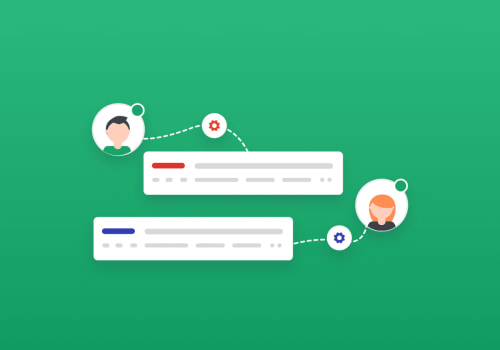Grafana is an open source visualization software that provides users with the ability to create interactive visualizations using a drag-and-drop interface. It supports mixed data sources, annotations, and customizable alert functions, making it one of the most powerful visualization tools available. Power BI is a desktop application that allows users to analyze and explore data both on-premises and in the cloud. It offers the ability to collaborate and share personalized dashboards and interactive reports between colleagues and organizations, easily and securely.
Tableau is a business intelligence analysis and data visualization tool that helps companies create interactive dashboards with advanced visual analysis. It includes more than 40 different types of graphs and diagrams, as well as real-time data integration and an easy-to-use chart creator. Polymaps is a great option if maps are the only type of visualization needed, as long as the designer is comfortable with some basic codes. It includes a drag-and-drop designer, as well as different visualization tools to drill down into the details.
Sigmajs is an excellent choice for creating network graphics whenever the designer is comfortable with JavaScript. Thanks to its unique approach, it can help improve the efficiency and productivity of teams by enabling faster data transfer and encouraging alignment between teams. When it comes to creating data visualization dashboards, there are many options available. Each one has its own strengths and weaknesses, so it's important to consider all of them before making a decision.
Grafana, Power BI, Tableau, Polymaps, and Sigmajs are all great options for creating interactive visualizations that can help teams make better decisions.











